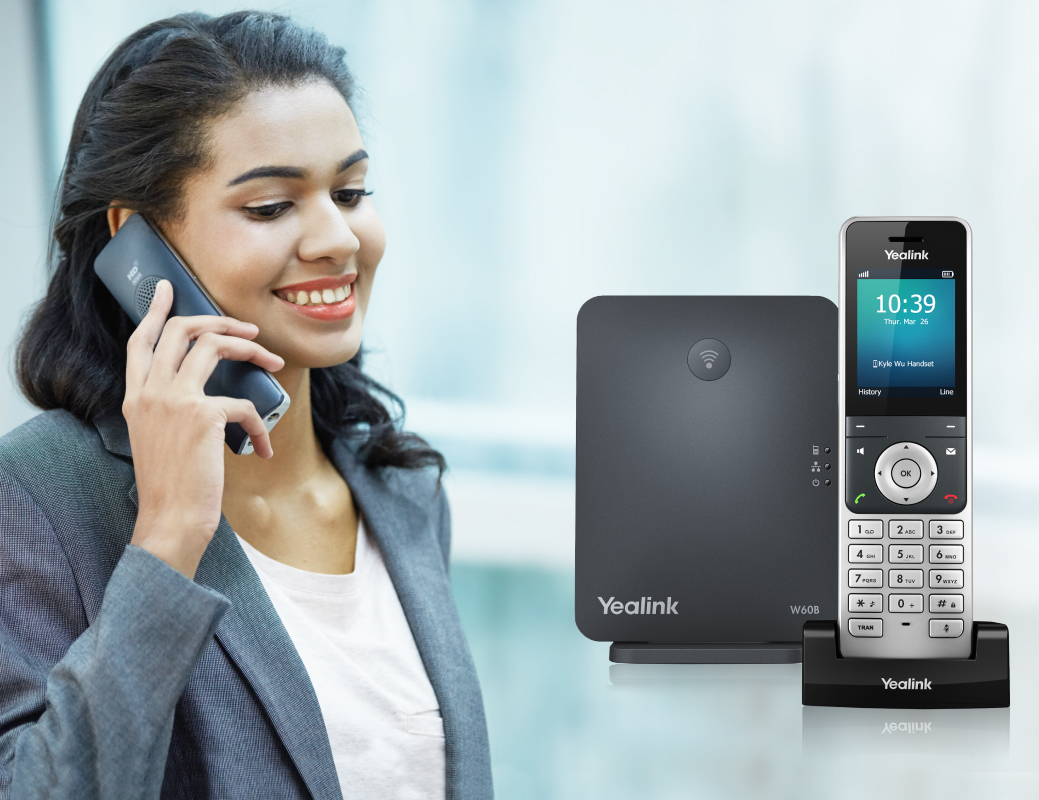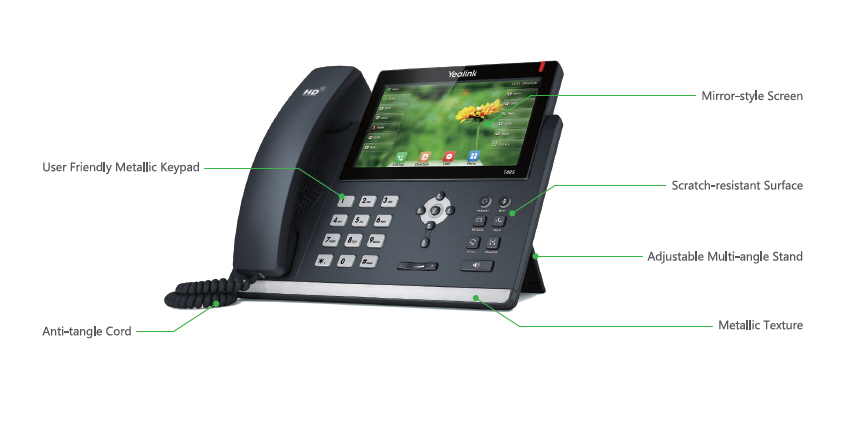Introduction
In the rapidly evolving landscape of telecommunications, the Session Initiation Protocol (SIP) has emerged as a cornerstone technology that underpins modern telephony. From enabling seamless communication through VoIP phone systems to facilitating multimedia sessions over the Internet, SIP plays a pivotal role in connecting users across various platforms and devices. This article delves deep into the intricacies of SIP, its functionality, and its significance in today’s digital communication framework.
What is SIP? Understanding Its Core Functions
Defining Session Initiation Protocol (SIP)
At its core, SIP is a signaling protocol used for initiating, maintaining, and terminating real-time communications that involve voice, video, and messaging applications. Unlike traditional telephony systems that rely on circuit-switched networks, SIP operates over packet-switched networks such as the Internet.
How Does SIP Work? A Technical Overview
SIP functions by sending messages between endpoints to establish communication sessions. Utilizing a request-response model similar to HTTP (Hypertext Transfer Protocol), SIP messages include methods such as INVITE, ACK, BYE, and REGISTER. Each method serves a distinct purpose:
- INVITE: Initiates a session ACK: Confirms session establishment BYE: Terminates an ongoing session REGISTER: Allows endpoints to register their current location
Key Components of SIP Architecture
User Agents: Endpoints like VoIP phones or softphones that initiate or receive calls. SIP Servers: Responsible for managing call setup and routing. Transport Protocols: Such as UDP (User Datagram Protocol) or TCP (Transmission Control Protocol), which facilitate message transmission.The Role of SIP in VoIP Phone Systems
SIP is integral to VoIP phone systems by providing a standardized way for users to connect via IP networks rather than traditional phone lines. This shift not only enhances flexibility but also significantly reduces costs associated with long-distance communication.
Exploring the Role of Session Initiation Protocol (SIP) in Modern Telephony
As we delve deeper into exploring the role of Session Initiation Protocol (SIP) in modern telephony, it becomes clear that this protocol is not merely an addition; it's essential for shaping how organizations communicate internally and externally.
The Evolution of Telephony from PSTN to VoIP
Historically, telecommunication relied heavily on Public Switched Telephone Network (PSTN). However, with advancements in technology and the rise of VoIP phone systems, there has been a revolutionary shift toward IP-based communication that utilizes SIP for its operational framework.
Benefits of Using SIP in Modern Communication Solutions
Cost-Efficiency: By enabling voice calls over the internet, businesses can significantly reduce their telecom expenses. Scalability: Businesses can easily scale their communication infrastructure without extensive hardware investments. Flexibility: With remote work becoming increasingly prevalent, SIP allows employees to connect from anywhere using their smart devices. Integration with Other Applications: SIP facilitates seamless integration with other services like instant messaging and video conferencing tools.Technical Aspects of SIP Implementation
Setting Up a SIP-Based System
Establishing a SIP-based system requires several components working harmoniously:
A reliable internet connection Compatible hardware (VoIP phones or softphones) An established SIP server Configuration settings provided by your VoIP service providerCommon Challenges in Implementing SIP Systems
While transitioning to a SIP infrastructure offers numerous advantages, organizations may face obstacles such as:
- Network latency issues Security vulnerabilities Interoperability challenges between different vendors’ equipment
Security Considerations When Using SIP
Understanding Vulnerabilities Associated with SIP
Due to its open nature and reliance on IP networks, security concerns surrounding unauthorized access are paramount:
Eavesdropping Call hijacking Denial-of-service attacksBest Practices for Securing Your SIP Infrastructure
Adopting best practices can mitigate risks associated with using SIP:
- Implementing strong authentication mechanisms Utilizing encryption protocols like TLS (Transport Layer Security) Regularly updating software to patch vulnerabilities
Real-Life Applications of SIP Technology
SIP in Business Environments
Businesses leverage SIP technology not only for voice calling but also for unified communications—integrating video calls and https://soundcurve.com/ instant messaging within one platform.
Case Study: Company X's Transition to VoIP Phone Systems
When Company X transitioned from traditional PSTN lines to a complete VoIP solution powered by SIP technology, they reported reduced costs by 40% while enhancing employee productivity through integrated communication tools.
The Role of SIP in Customer Service Solutions
Many customer service centers utilize SIP-enabled systems for managing high volumes of calls efficiently while providing additional functionalities such as call recording and analytics.
Comparing Traditional Telephony vs. VoIP Phone Systems Powered by SIP
| Feature | Traditional Telephony | VoIP Phone Systems powered by SIP | |---------------------------|----------------------------|------------------------------------| | Cost | High | Low | | Flexibility | Limited | Highly flexible | | Scalability | Difficult | Easy | | Integration Capabilities | Minimal | Extensive |
FAQs about Session Initiation Protocol (SIP)
1. What types of services does SIP support?
Answer: Besides voice calls, it supports video conferencing, instant messaging, presence information sharing, and multimedia distribution.
2. Can I use my existing telephone with a VoIP phone system?
Answer: Yes! You can use an Analog Telephone Adapter (ATA) to connect traditional phones to your VoIP system powered by SIP.
3. Is it necessary to have specialized hardware for implementing a VoIP phone system?
Answer: Not necessarily; you can use softphones on computers or mobile devices without any specialized hardware.
4. How does NAT affect my VoIP/SIP connection?
Answer: NAT traversal is crucial because it can prevent incoming connections from reaching your device behind NAT unless properly configured.
5. What are some popular providers offering hosted PBX solutions based on SIP?
Answer: Providers like RingCentral, 8x8, and Vonage offer comprehensive hosted PBX solutions utilizing Session Initiation Protocol technology.
6. Does using a VoIP phone system improve call quality compared to traditional systems?
Answer: Yes! When properly configured with sufficient bandwidth and network optimization techniques applied—VoIP typically offers superior call quality compared to traditional systems.
Conclusion
In conclusion, exploring the role of Session Initiation Protocol (SIP) in modern telephony reveals just how integral this technology has become in shaping contemporary business communications — especially within an era driven by digital transformation and remote work dynamics.
By facilitating seamless connectivity across various media types through cost-effective measures while ensuring scalability tailored for future growth potential—SIPs stand at the forefront redefining our understanding & experience around telecommunication solutions today!


Whether you're considering transitioning your organization’s infrastructure towards more efficient models or simply aiming at optimizing existing setups—understanding & leveraging technologies like those offered via VOiP Phone Systems becomes ever more critical moving forward into tomorrow's future landscape!